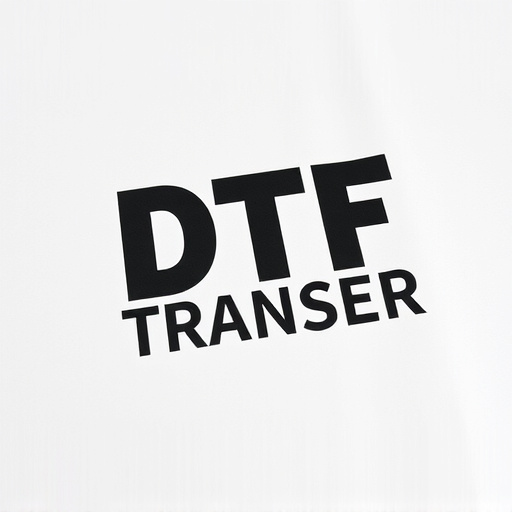DTF (Direct-to-Film) prints revolutionize film preservation by offering high-quality, versatile imaging directly onto various media. The process involves a meticulous cool-down phase, proper selection of archival-grade materials, precise preparation, and careful exposure to ensure vibrant colors and durability. Each step, from film preparation to curing, is critical for achieving defect-free results. DTF technology's benefits include consistent color accuracy, sharp details, swift turnaround times, and accessibility for future generations, transforming industries' visual communication needs with its precision and versatility.
“Discover the revolutionary world of DTF Prints—a cutting-edge film transfer process designed for precise, high-quality results. This unique technique, tailored for post-cooling removal, offers a fresh approach to creating vibrant, lasting images. From understanding the cool-down phase’s critical role in ensuring excellence to exploring suitable materials and step-by-step guides, this article demystifies DTF Printing. Learn how it enhances applications across industries while preserving details and textures, making it an indispensable tool for creators seeking exceptional prints.”
- Understanding DTF Prints: A Unique Film Transfer Process
- The Cool Down Phase: Why It's Crucial for Quality
- Materials and Preparation for Optimal Results
- Step-by-Step Guide to Creating DTF Prints
- Curing and Handling: Ensuring Longevity of Your Prints
- Applications and Benefits of DTF Printing Technology
Understanding DTF Prints: A Unique Film Transfer Process
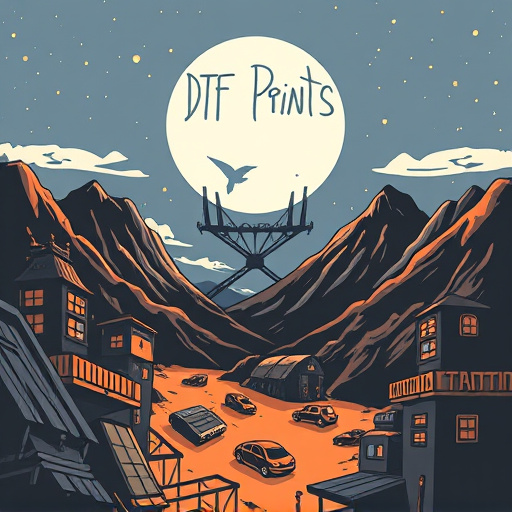
DTF Prints, or Direct-to-Film Prints, represent a cutting-edge film transfer process that offers a unique and innovative approach to preserving and sharing cinematic memories. Unlike traditional printing methods, DTF technology enables direct imaging onto various media, such as plastic or metal, eliminating the need for intermediate steps like film development. This modern technique captures the intricate details and vibrant colors of original films, resulting in high-quality prints that are both durable and visually striking.
The beauty of DTF Prints lies in their versatility and customization options. Film enthusiasts and collectors can now enjoy personalized experiences, having their favorite classic movies or rare footage transferred onto specific materials tailored to their preferences. Whether it’s creating art pieces from vintage films or preserving precious memories, DTF Prints offer a revolutionary way to engage with cinema, ensuring that these cinematic treasures remain accessible and captivating for generations to come.
The Cool Down Phase: Why It's Crucial for Quality
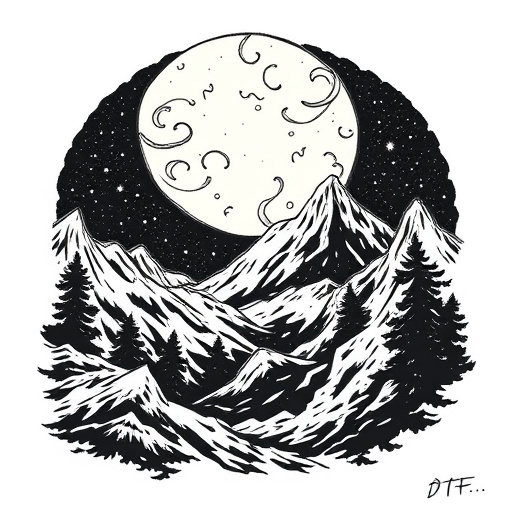
During the cool-down phase, the film transfer undergoes a critical transformation that directly impacts the final quality of DTF Prints. This period is essential as it allows the emulsion on the film to set and stabilize, ensuring optimal image clarity and color accuracy. If rushed or skipped entirely, potential issues like blurry images, color shifts, or even physical damage to the print can occur.
Proper cooling ensures that the chemical reactions involved in the printing process are complete, resulting in a durable and visually stunning final product. It’s a crucial step that doesn’t just prevent immediate deterioration; it also lays the groundwork for long-term preservation and enjoyment of the DTF Prints.
Materials and Preparation for Optimal Results
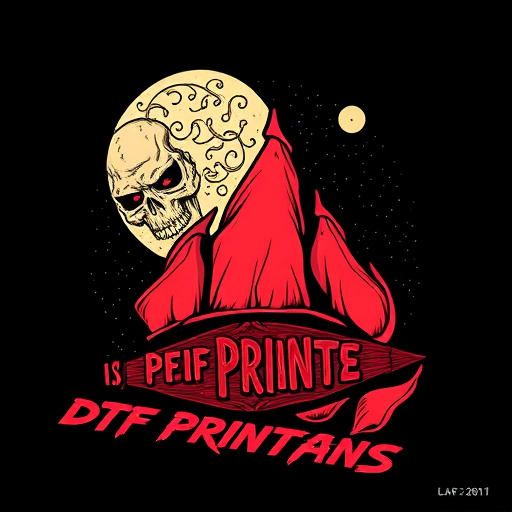
For achieving optimal results with DTF (Direct to Film) prints, selecting the right materials is paramount. High-quality, archival-grade film and ink are essential for ensuring vibrant colors and longevity. Using specific types of film designed for DTF printing guarantees a crisp and accurate transfer. Before beginning, thoroughly prepare your workspace by cleaning it and ensuring it’s free from dust or debris that could contaminate the print process. This meticulous preparation step is crucial for achieving clear, defect-free prints.
Additionally, proper material preparation involves calibrating your printer settings precisely according to the manufacturer’s guidelines. Using the recommended ink and temperature settings ensures optimal adhesion and fusing of the ink onto the film. By adhering strictly to these best practices, you’ll produce DTF prints that not only look stunning but also withstand the test of time.
Step-by-Step Guide to Creating DTF Prints

Creating DTF (Direct to Film) prints is a detailed process that requires precision and patience. Here’s a step-by-step guide to help you navigate this unique printing method. First, prepare your film by ensuring it’s clean and free of any debris. This involves carefully winding the film onto a reel, ensuring proper tension, and checking for any defects or scratches. Next, set up your DTF printer with the appropriate chemicals and solutions, following manufacturer instructions precisely. The key here is to maintain a sterile environment to prevent contamination.
Once your workspace is prepared, expose the film to the desired image using a high-resolution laser printer. The quality of the final print heavily relies on this step. After exposure, develop the film in the designated solution for a set duration. This chemical process turns the unexposed areas transparent, leaving the image intact. Finally, carefully remove the film from the reel and inspect it for any imperfections. If successful, your DTF prints will be ready for further use or storage, ensuring vibrant colors and sharp details.
Curing and Handling: Ensuring Longevity of Your Prints
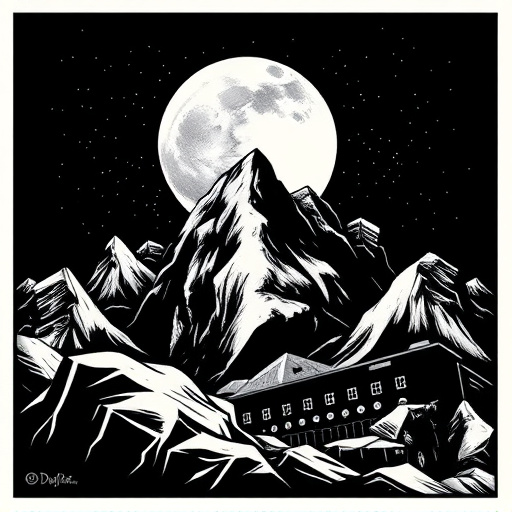
After cooling, the final step in the process is curing—a critical phase that ensures the long-term stability and vibrancy of your DTF Prints. This involves allowing the ink to fully set and bond with the substrate, creating a durable surface. Proper curing methods can extend the lifespan of your prints, making them resistant to fading, cracking, or peeling.
During curing, it’s essential to maintain optimal environmental conditions, such as controlled temperature and humidity levels. Many printers offer automated curing cycles, while others may require manual intervention. Handling these prints with care is also vital; avoid direct contact with ink surfaces, use protective gear when necessary, and store them in a clean, dry place away from direct sunlight or heat sources to prevent damage.
Applications and Benefits of DTF Printing Technology

DTF (Direct-To-Film) printing technology has revolutionized various industries, offering unparalleled precision and versatility in creating high-quality prints directly on a variety of materials. This innovative process is particularly beneficial for applications requiring durable and precise imaging, such as packaging, signage, and even apparel. By eliminating the need for intermediate transfer media, DTF Prints ensure consistent color accuracy and sharp details, making them ideal for demanding visual communication needs.
One of the key advantages of DTF Printing Technology is its ability to provide fast turnaround times without compromising on quality. This makes it an attractive option for businesses seeking efficient production processes. Additionally, the direct application method allows for greater flexibility in design and customization, enabling creators to bring their visions to life with vibrant, long-lasting results.














